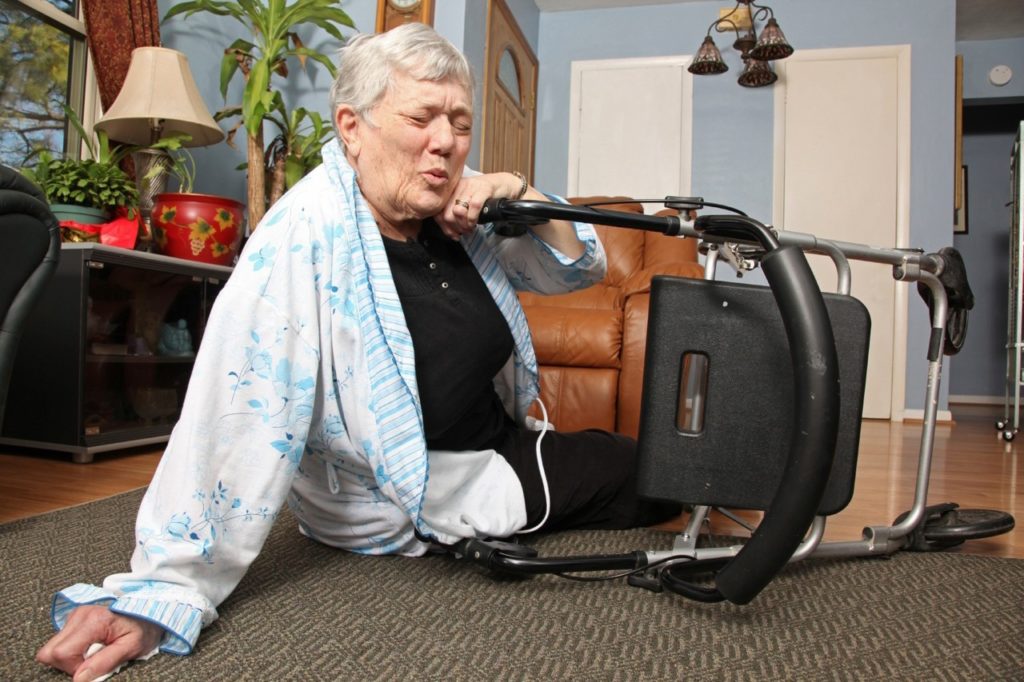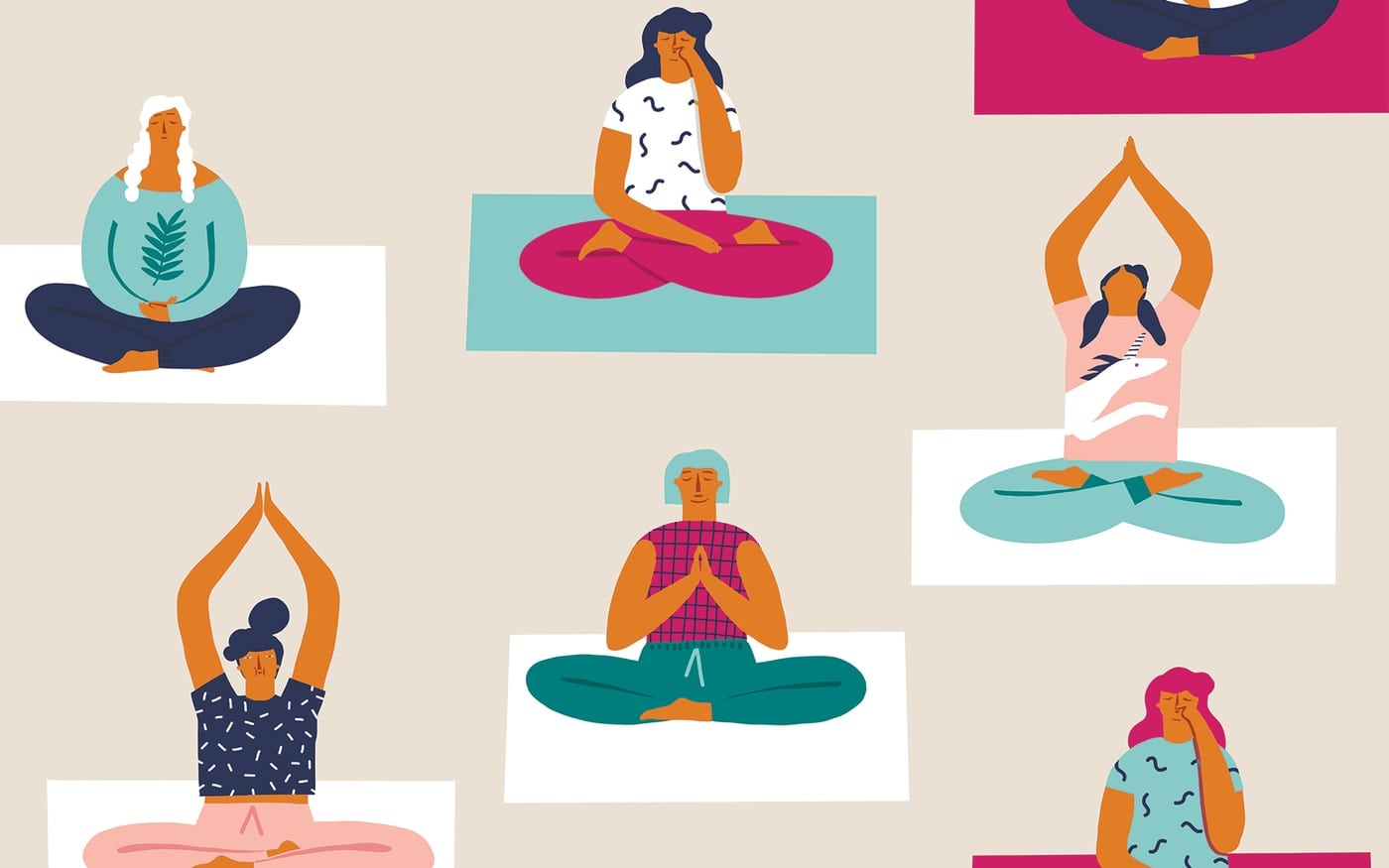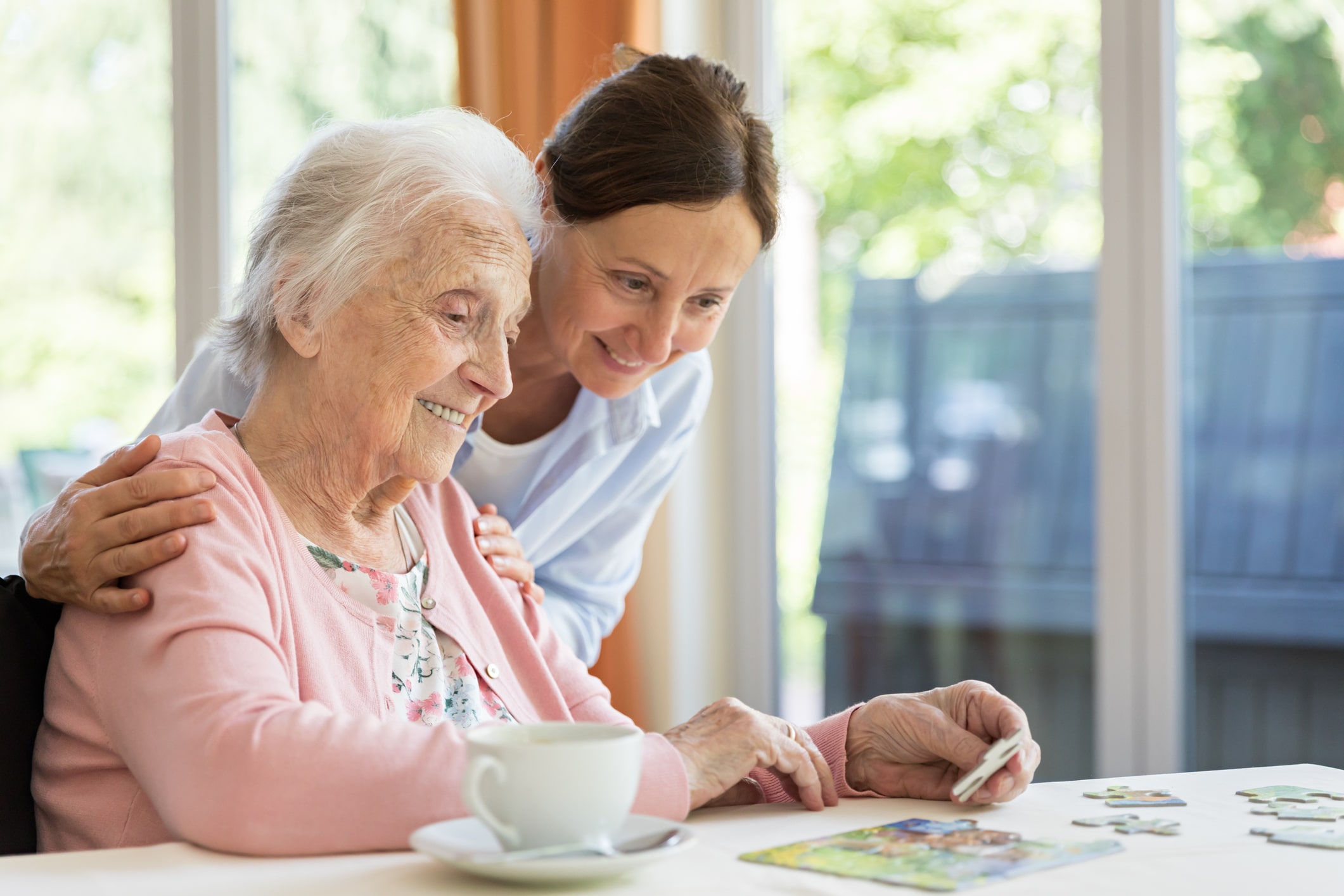A Caregiver’s Guide to Fall Prevention

Did you know that falls are one of the leading causes of fatal and non-fatal injuries in Americans – especially aged sixty-five and older. As a caregiver, you have incredible power to prevent a fatal fall thanks to your vigilance and presence in their home, which is where most of these falls occur (believe it or not). One of our goals is to make sure each and every caregiver is aware of this responsibility and is committed to making sure our clients don’t become a part of this horrible statistic.
First off, always be aware of the resources you have as a caregiver at your disposal to create a safe space for your client each and every day. Speak to your agency, and use your resources online, like the National Institute on Aging’s Fall Prevention webinar that just came out! In the meantime, here is a rundown of what you can do with your client:
1. Fall-Proof Your Client’s Home
Since so many falls among seniors occur in their own homes, start with the basics, like removing dangerous rugs, bath mats that aren’t slipping, or skid-proof. Even without loose rugs at every corner, a bare surface like slippery hardwood floors and tile can become seriously dangerous – especially if you spill a liquid or in the biggest problem area like the bathroom. In addition, be sure to address your client’s lighting situation around problem areas like stairs, the bathroom, kitchen, and outside around sidewalks in their garden, around a pool, and walkways. Insist on providing your client with a night light to help help your client find their way along a garden path in the afternoon, and invest in stick-on lights that will help them navigate any area that could prove dangerous in case of a fall.
2. Supportive Footwear and Devices
A fall at any second and the impact on any of these surfaces can be fatal, so make sure that your client wears supportive footwear every day (even in their home) as most slippers and socks don’t have the proper traction. While your client may require a walker or cane when you leave the home for trips, be sure to motivate them to use them inside the home as well. While they may think that they are not at risk of falling when walking short distances in the home, don’t forget that without this cane, they may lose their balance at any point and suffer from a serious fall at any moment.
3.Balance and Medication Management
Lastly, be sure to communicate with your client about their reactions to the medications they may take, and pay attention to their sense of balance. Do you notice any subtle changes when they are performing simple movements like getting up or sitting down in a chair? Are they suddenly hesitant about walking up and down steps…even if they were comfortable doing this on their own a week ago? Would you feel more comfortable if I helped you get out of bed in the morning from now on? Also, make sure you’re always asking them questions like, “How are you feeling after going on your new arthritis medication? How often do you experience severe pain or flare-ups? Always note their answers and feedback, and inform your agency of any changes or suspicions in your caregiver journal to evaluate if your client is at a greater risk of suffering from a dangerous fall at any point throughout the day (due to loss of balance on a slippery floor, or sudden hesitation at the top of the stairs).
Overall, do your best to motivate your client about fall prevention and safety rather than scaring them or mentioning the statistics mentioned above. The more you inspire them to stay active but with precaution, the more independent they will feel and appreciate your dedication to putting their safety first!



Comments